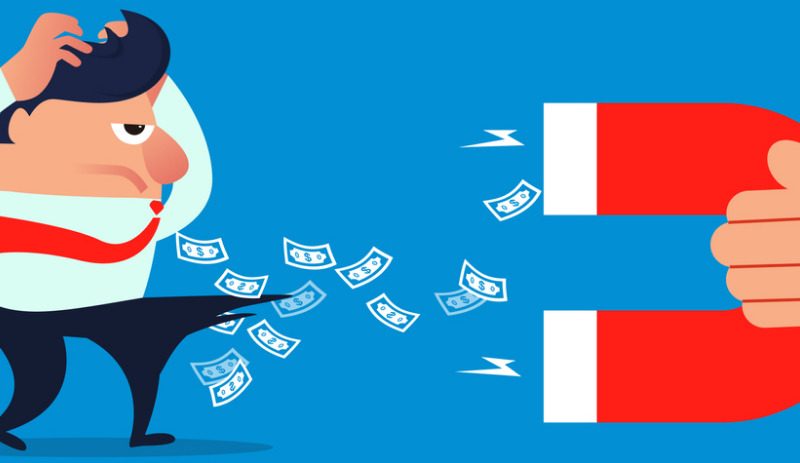Mortgage intel: How to refinance your home loan
A mortgage can easily end up costing you thousands more than it needs to, maybe tens of thousands, if you’re not always looking for the best deal. Sometimes you can do better by refinancing to a mortgage with a lower interest rate. But it’s not something you want to be doing without some careful preparation and homework.
What do you need, and what will it cost you to change?
Before you start refinancing, find out exactly how much you need to borrow. If you just make your own rough guess, you could end up borrowing too little or too much. Ask your lender exactly how much you’ll need to pay to clear the mortgage on a specific date. You also need to establish if there are any fees or charges for early repayment.
It’s possible that refinancing could end up costing more than you expect. You need to be sure that what you save on interest payments won’t be wiped out by ongoing fees or charges for making the switch. That could include:
- Early repayment fees
- Application fees from the new lender
- Legal costs
- Valuation costs
Have you sorted out your finances and got your credit file looking as good as it can?
Before you start knocking on doors for your refinancing deal, you want to make sure the lenders will be seeing you at your best. They like to see that you’re managing your money well, and that you’re in a position to pay them on time. So here are some things to be especially mindful of in the weeks and months before you start making an application.
- No, or few, other applications for credit
- No erratic or heavy spending
- Keep out of your overdraft
- Make sure your credit report looks as good as it can, and that there are no errors in it that could count against you.
Now would be a good time to look through your score and reports (click here to check yours with Credit Simple instantly and free).
It used to be that lenders would just multiply your main income by up to five times to work out your maximum remortgage size. These days it’s more complicated. They’ll look at all the numbers to work out if you can afford the repayments. That means all your debts, all your outgoings, your basic salary and any other relevant income. You can use our free online spend tracker Money Simple to get a good handle on this and see if there’s anything you can adjust to make your spending look better to home loan providers.
What if it all goes wrong?
So you make your application and you wait to hear back and … bad news. Turned down.
Here’s what not to do: don’t immediately apply somewhere else, because if you get turned down again, you’re going to start looking less shiny on your credit file and that can turn into a bad spiral as the next lender and the one after that turns you down because … your credit report isn’t looking that good because people have been turning you down.
If you get rejected, stop right there and take careful stock of everything in your credit status, and work out if anything needs fixing before you apply again.
Credit Simple
Credit Simple gives all Kiwis free access to their credit score, as well as their detailed credit report. See how your credit score compares by age, gender and community and gain valuable insights into what it all means.
All stories by: Credit Simple


